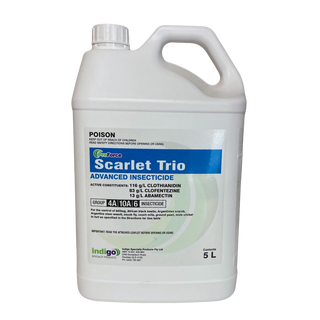Latin name: Belonolaimus
The sting or southern sting nematode (Ibipora lolii) is a tiny worm that causes discoloured patches on turfgrass and can be managed as described here.
Even when fully grown, the sting nematode is only about 3mm long. However, in large numbers they can severely affect the visual appeal of bowling greens and golf courses.
Symptoms
The most obvious signs of sting nematode infestation are irregular, discoloured and thinning patches on turfgrass that do not respond to fungicides, irrigation, fertilization or aeration and become overrun by weeds. Below ground signs are short stubby roots and a reduction in the fine feeder roots.
Environment and spread
Sting nematodes live in the soil. They feed by inserting their stylet into roots, injecting enzymes and then sucking out nutrients. Sting nematodes prefer soils with a high sand content, especially if well irrigated. Nematodes can spread in soil on plant material, machinery and clothing or boots.
Distribution
Sting nematode is present in New South Wales, Western Australia, Queensland, South Australia and Victoria.
Host range
A full host range remains undefined but includes:
- bent grass (Agrotis stolonifera and Agrotis tenuis)
- couch grass (Cynodon dactylon)
- kikuyu grass (Pennisetum clandestinum)
- sugarcane
- perennial ryegrass.
SOLUTION:
- Contact: Proforce Scarlet Trio
Reference: Sting nematode on turfgrass | Plant diseases | Biosecurity | Agriculture Victoria


